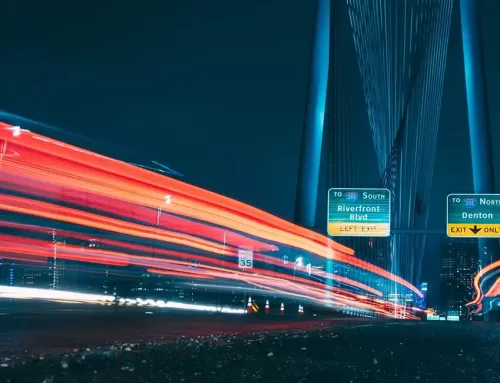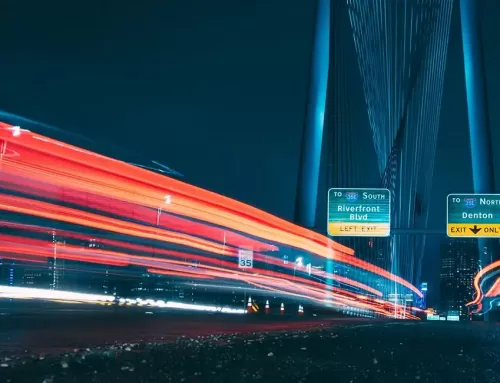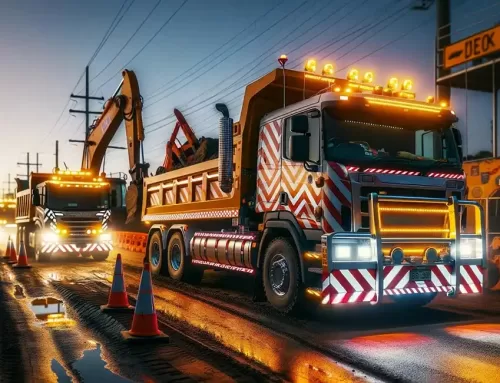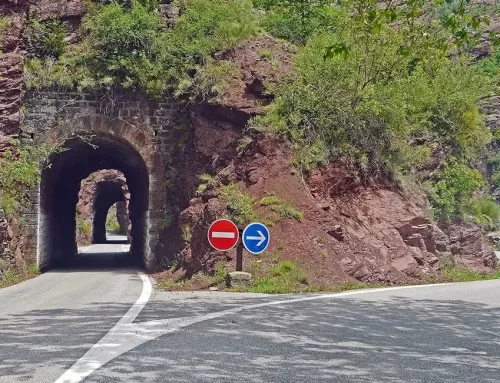During improvements in luminescence especially during nighttime driving, reflective traffic signals offer visibility to safety cues not otherwise accessible. Whenever we talk about the reflective qualities of traffic signals, we actually mean the signals capacity to reflect radiation or light back to its origin. The Federal Highway Administration notes in typical highway speeds, headlamps offer hardly any illumination in the distances drivers need to make conclusions. Retroreflective materials extend the capacities of the headlamps, making the crucial visual cues supplied by signals, pavement markings, and delineators visible at far greater distances.”. The significance of reflective signals – The usage of fluorescent materials creates higher visibility of individuals and objects normally.
This is particularly true during periods of low available light, during sunrise, disc, and reduced ambient light. Successful signs must have display areas designed for maximum visibility, which starts with the retroreflective materials utilized but also involves components of sign design, such as comparison, letter size and spacing, and border. There are numerous additional techniques retroreflective signals result in road safety. Signs must serve drivers via enhanced visibility, conspicuity, comprehensibility, and legibility. This entails a sign’s clarity of message, vertical placement, contrast and size with its surroundings, its identifiable form and color, and its use of symbols. Advantages of reflective signs – The FHWA says that more glowing signs might aid in improving safety, and a few studies reveal that improvements in visibility reduce their prices, which suggests the more visible the reflective signage, the better.
ASTM, the standards body that’s widely used for safety materials and technology, defines reflective sheeting by type: from the engineering-grade beaded sheeting to sheeting that uses micro-prismatic. Consequently, ASTM standards and types are usually what departments of transportation will use to measure retroreflectivity and help set the minimum reflectivity standards required for various kinds of road signs. Elevating the minimum reflectivity by requiring improved sheeting types can deliver measurable benefit-to cost savings. This disparity of day to nighttime fatalities is due to lack of visual cues that indicate roadway curvature or other critical info to the driver, that also include shoulders, pavement markings, overhead and post-mounted signs, roadside vegetation, guardrails, fences, and buildings, which make navigation easier.”. During the night we rely heavily on our vehicle’s headlamps and signals to guide us and offer us visual cues, but headlamps alone offer low luminescence and permit for limited visibility. So reflective signals are designed to catch that low luminescence and amplify it. During nighttime driving, the cone of reflected lighting coming out of a vehicle’s headlamp is reflected back into the driver.






Leave A Comment